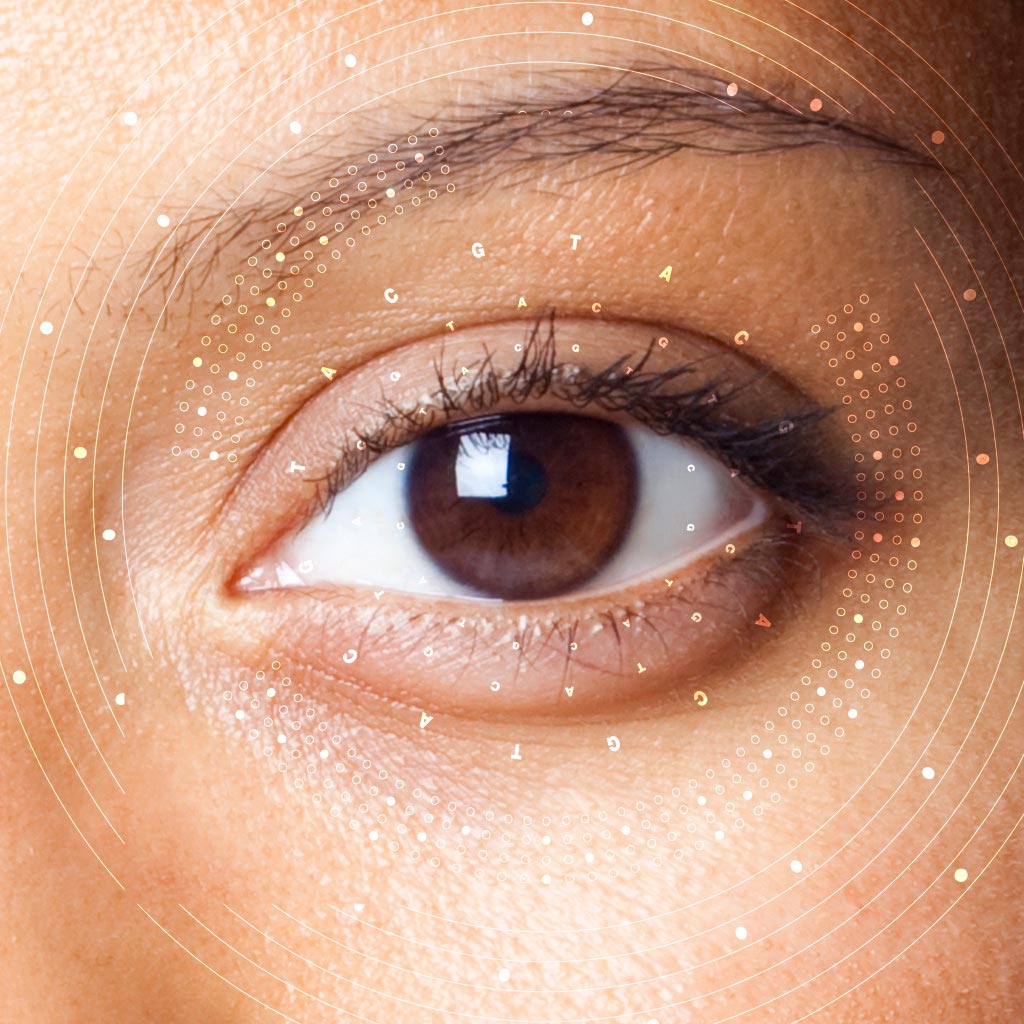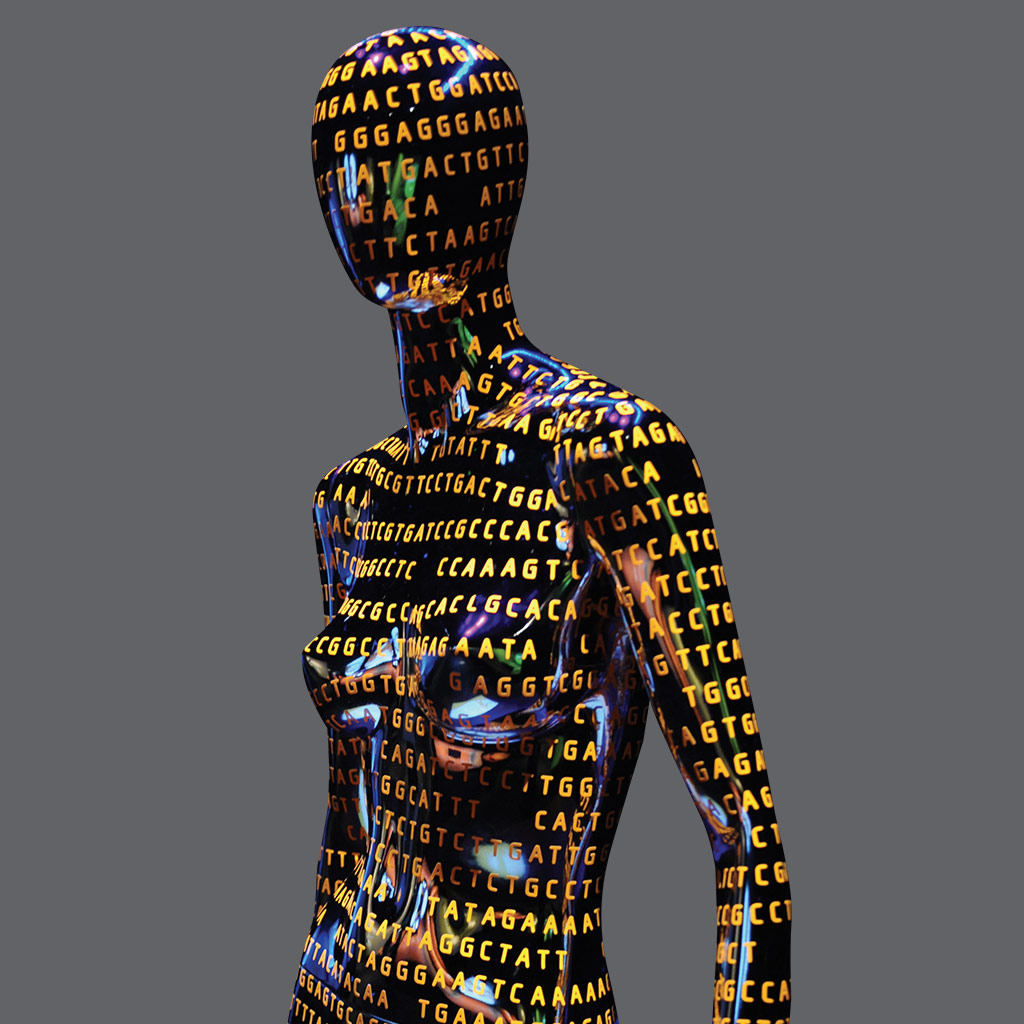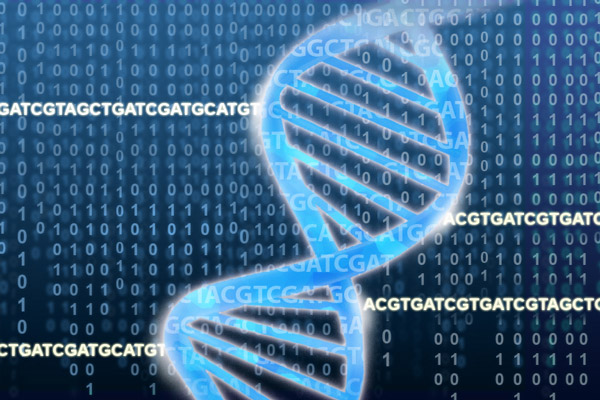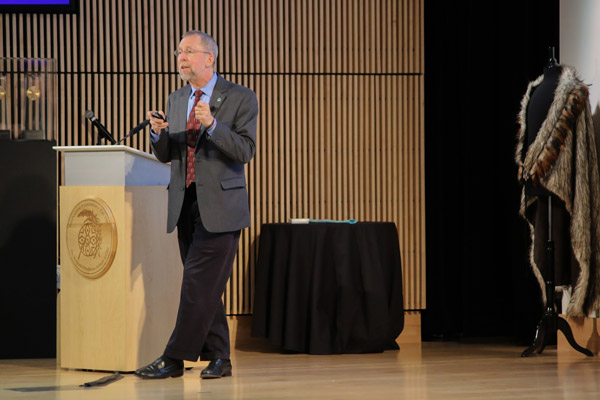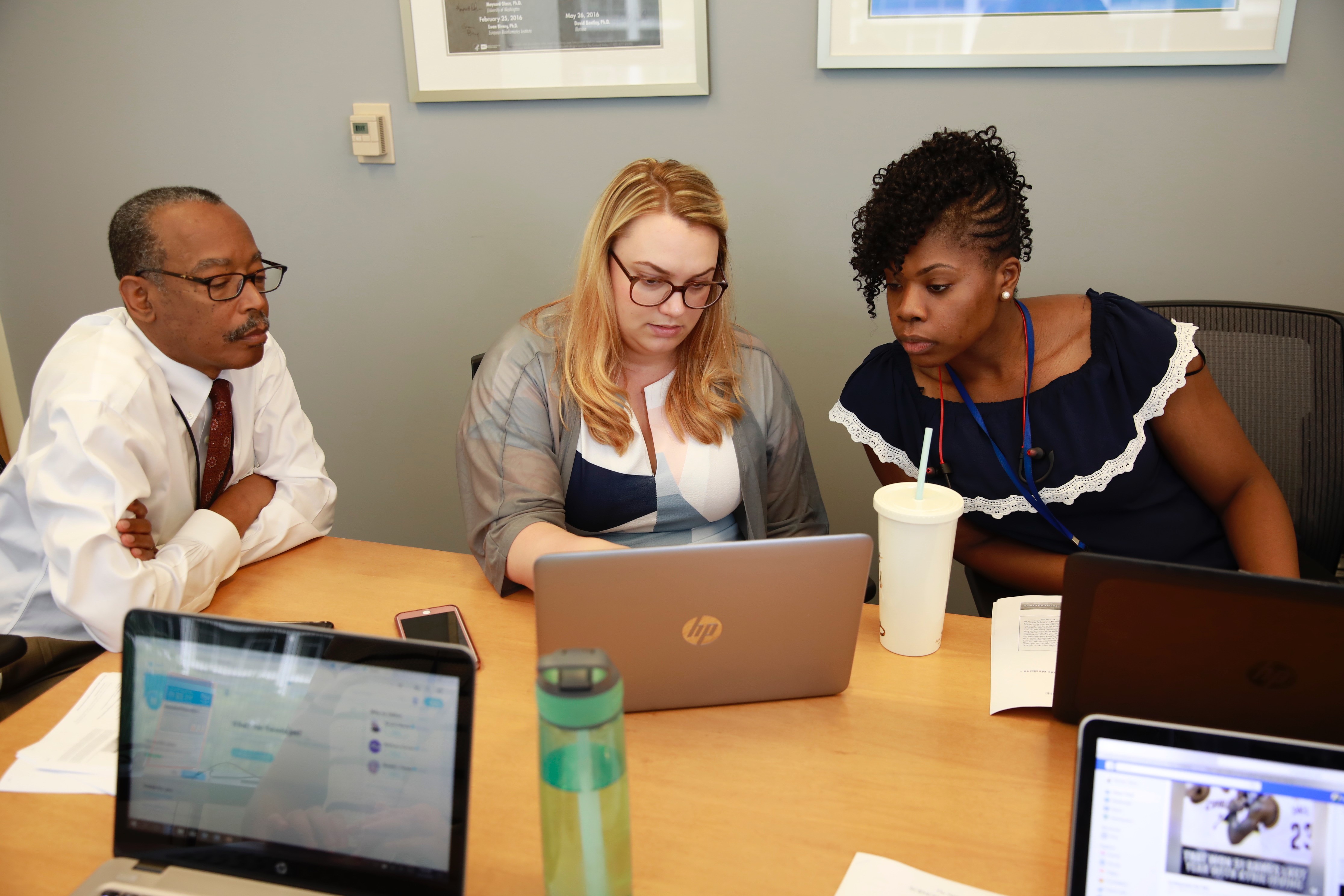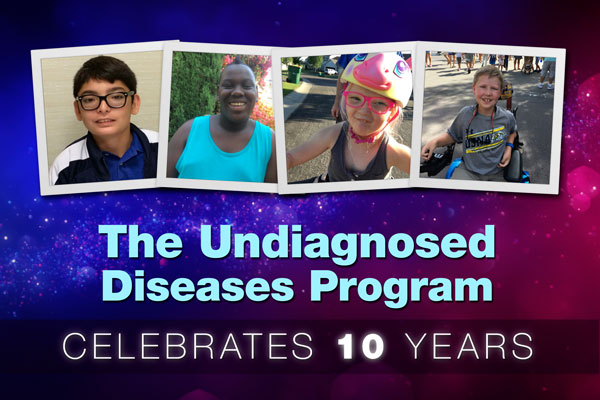
In the Spring 2008, NIH launched an audacious new research program focusing on patients with mysterious conditions that had evaded diagnosis, an area that had previously only been considered as plot points for television dramas. The Undiagnosed Diseases Program (UDP) was conceived by Dr. William Gahl (NHGRI's Clinical Director); Dr. John Gallin (then Director of the NIH Clinical Center); and Dr. Stephen Groft (then Director of the NIH Office of Rare Diseases, now part of the National Center for Advancing Translational Sciences). The UDP was established with the strong endorsement by then-NIH Director Dr. Elias Zerhouni. The most puzzling medical cases would be referred by physicians worldwide to the NIH Clinical Center in an attempt to find answers that had eluded both physicians and patients, in some cases for many years. Together, they established a program that enlisted the expertise of more than 25 NIH senior attending physicians, whose specialties included endocrinology, immunology, oncology, dermatology, dentistry, cardiology, and genetics. Dr. Gahl, an expert on rare genetic diseases, served as the founding Director of the UDP and continues to direct the program today.
With the goal of improving disease management for individual patients and advancing medical knowledge in general, the UDP has used a variety of techniques to diagnose previously undiagnosable conditions. In addition to robust clinical evaluations, the UDP employs cutting-edge genomic analyses, such as scans for single-nucleotide polymorphisms and whole-exome sequencing.
The UDP focuses solely on undiagnosed conditions, with a stringent referral process to ensure that accepted patients have received adequate conventional evaluations and thus truly reflect cases that have stumped medical experts. To be considered for acceptance into the UDP, a patient must be referred by a physician and provide all medical records and diagnostic test results requested by NIH. Patients who meet the Program's criteria are then brought in for a week-long medical evaluation at the NIH Clinical Center.
Since its formal launch in July 2008, the UDP has received over 4,000 applications and accepted 1,140 patients into the program. The multidisciplinary clinical and research team has established a diagnosis for ~300 patients and discovered 15 previously unknown diseases. The UDP has now published over 80 manuscripts, and UDP staff has delivered over 100 invited talks around the world. The Program not only accepts adults, but also has a large pediatric component, which is led by NHGRI's Deputy Clinical Director Dr. Cynthia Tifft.
This groundbreaking Program was soon recognized as an invaluable resource for improving the lives of patients who had frequently lost hope of receiving a diagnosis or believed that a reliable treatment was not in their future. In 2012, the Undiagnosed Diseases Network (UDN) was established by the NIH Common Fund. Growing out of the revolutionary work of the UDP, the UDN was initially funded for five years with over $120 million to create a network around the country. The UDN's focus continued that of the UDP's - studying patients with undiagnosed conditions, while promoting the use of genomic approaches for clinical diagnostics and engaging basic researchers to identify the underlying mechanisms of disease. Training clinicians in the use of contemporary genomic approaches is also a centerpiece of the UDN.
Like the UDP, the participating UDN groups accept patients with the aim of diagnosing their rare ailments. NHGRI's Dr. William Gahl and his team continue to run the NIH UDP as one of the components of the UDN. Coordination of the network is the responsibility of a center at Harvard Medical School, who also manages the patient application portal.
Recently, NHGRI hosted a Reddit "Ask Me Anything" on the UDN, featuring UDP leadership and the family of a UDN pediatric patient. To see the recap, visit genome.gov/27568204/2017-reddit-ama-the-undiagnosed-diseases-network/.
Now 10 years old, the UDP has become a prototype for diagnosing new conditions. Twelve countries outside the U.S. have established undiagnosed diseases programs of their own. Working with the program in Italy, Dr. Gahl has established UDN-International, a collaborative effort for studying undiagnosed diseases research worldwide. Previous medical mysteries are melting away using innovative clinical evaluations and genomic methods, changing lives in real time. For some, the long night of the diagnostic odyssey is giving way to daylight due to the dedication and vision of those involved in the UDP, and now, the UDN.
To learn more about the UDP, visit genome.gov/27544402/the-undiagnosed-diseases-program/. For information about the larger UDN, see undiagnosed.hms.harvard.edu/. For application details for the UDN, visit gateway.undiagnosed.hms.harvard.edu/static/start.html.
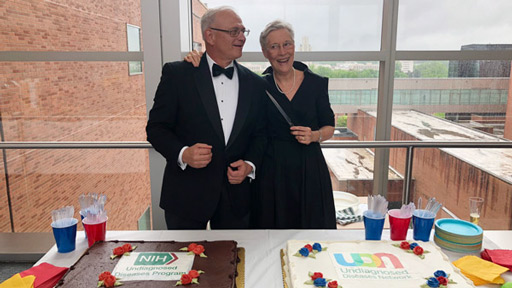
![]()
